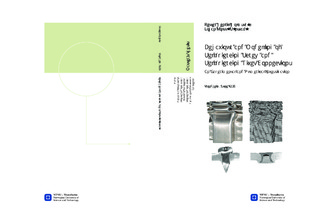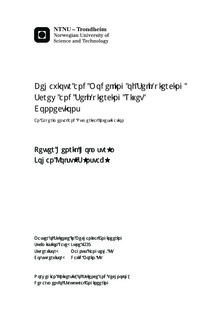| dc.description.abstract | Accurate and reliable models of connections are essential for the design of aluminium parts in cars. Today, there exist a few models customized for self-piercing rivets (SPR), but none for self-piercing screws (SPS). This thesis presents an experimental and numerical study on the behaviour of SPR and SPS connections for different loading situations. For the rolled base material, AA6016 in the T4 condition, uniaxial tension, plane strain tension and in-plane single shear tests were performed. The Voce isotropic hardening rule and the YLD-2004-18P anisotropic yield function were calibrated using MatPrePost. The calibration was validated by simulations of the material tests. Cross tests in three directions, single lap-joint tests and peeling tests were performed for SPR and SPS, and a point-connector model developed for self-piercing rivets was calibrated by a reverse engineering approach based on the cross tests. Single lap-joint and peeling tests were used for validation. Forming process simulations were performed to account for initial plastic deformations in bent specimens. In all tests except for pure normal loading, failure of SPR was initiated from the top sheet, while failure of SPS was caused by pull-out from the bottom sheet in all cases. For SPR, good predictions were found, except for over-prediction of the peeling resistance. The model was not able to describe mixed tension and shear loading accurately for SPS, but other tests were well reproduced. Static and dynamic crash box tests were performed and deformation and failure modes of SPR and SPS were characterized. The same progressive buckling mode was found in all tests. Higher force was observed for riveted crash boxes compared to the screwed. Relative movement between the sheets was observed for SPS. During dynamic testing, 7 % of the SPR and 19 % of the SPS connections failed. Simulations of dynamic crash box tests investigated effects of forming history, yield surface and mesh size. The deformation mode was well reproduced, but the force was under-predicted with 5 % to 20 %. The simulations predicted some connection failure for SPS, but not for SPR. A more fundamental understanding of the behaviour of SPS connections is required to develop a new point-connector model. Further studies could include investigation of the effects of screw diameter, sheet thickness, sheet material, screw material and dynamic effects of the connection. | nb_NO |

